If I had to do it all over again….
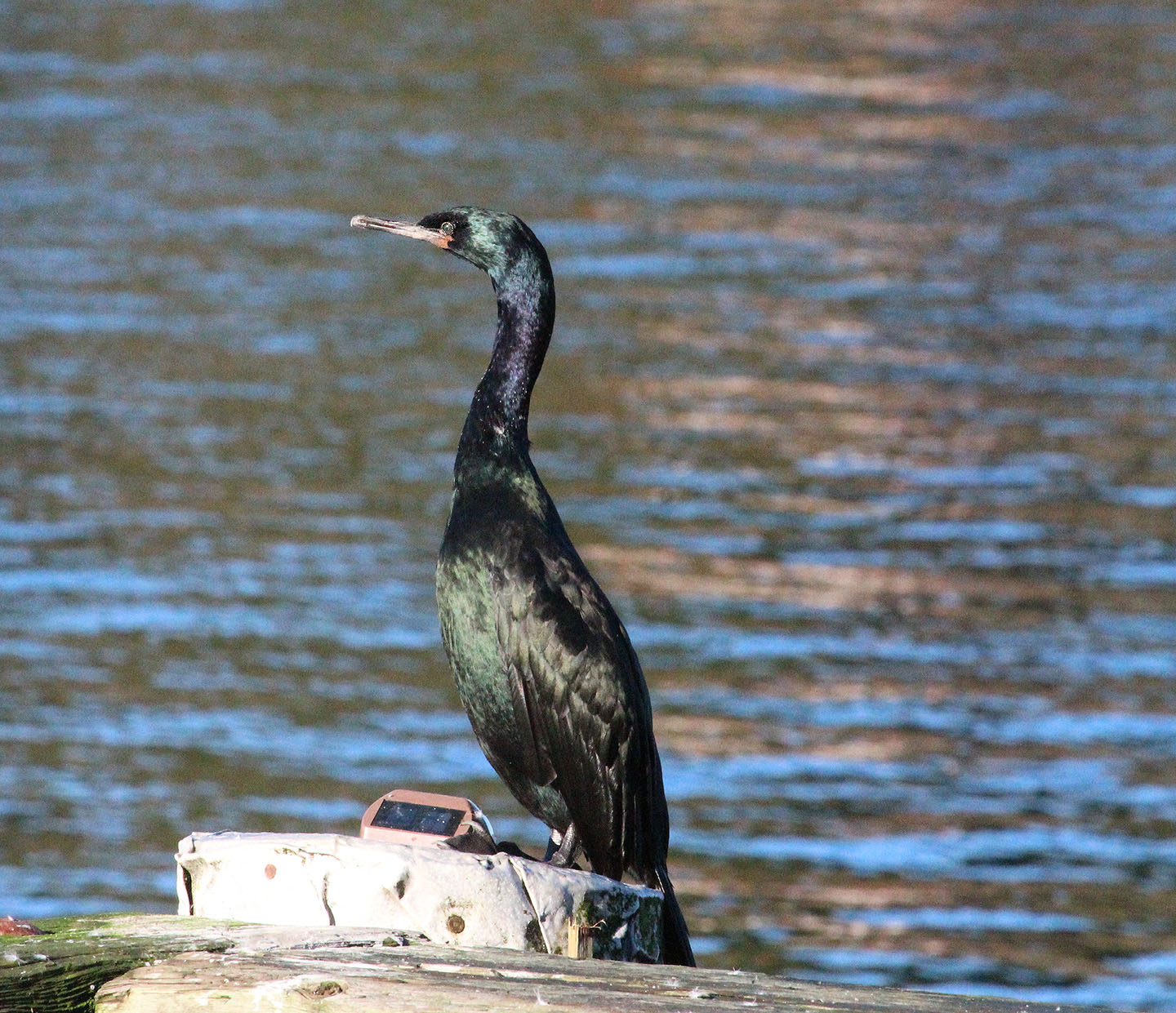
If I look back to my goals for 2015, I am very happy about the results for all of them. I discovered many new places on the island, and I will definitely visit some of them again. I didn’t get to every community I intended, so I hope to do so in the next couple of years. I took more photos that I could have imagined, and some of them even turned out! I’ve raised some much needed money for Rocky Point Bird Observatory, and all in all, had a wonderful year.
Right from my announcement that I would be doing a big year, my friend Dave Irons predicted that this would be my first–and last. I think he’s wrong! I had such a blast last year that I haven’t really come out of big year mode yet. In fact, I am actually one species ahead of where I was for the island last year at this time, and I haven’t made it past Duncan. Admittedly, I left town on the 11th to go to the Morro Bay Birding Festival last year, but I haven’t been putting in the time or effort — and especially driving — that I did last year.
My next Vancouver Island Big Year (no, not this year!) will be different. While I have no regrets about getting to know the island better, much of the time driving might have been better put to use birding. I didn’t keep precise track of kilometres driven to bird since I was pretty much birding all the time. Let’s just say that 50,000 km is a pretty good estimate of my big year-related travel last year. A lot of that was highway driving, so if we estimate an average of 70 km per hour, that’s more than 700 hours, or 90 8-hour days of road time. I deliberately did a lot of my driving at night, and in any big year there will be some driving to do, but I could probably have been in the field with ears perked and binoculars up at least 30 more days last year if I’d stuck a little closer to home. That’s a lot of birding!
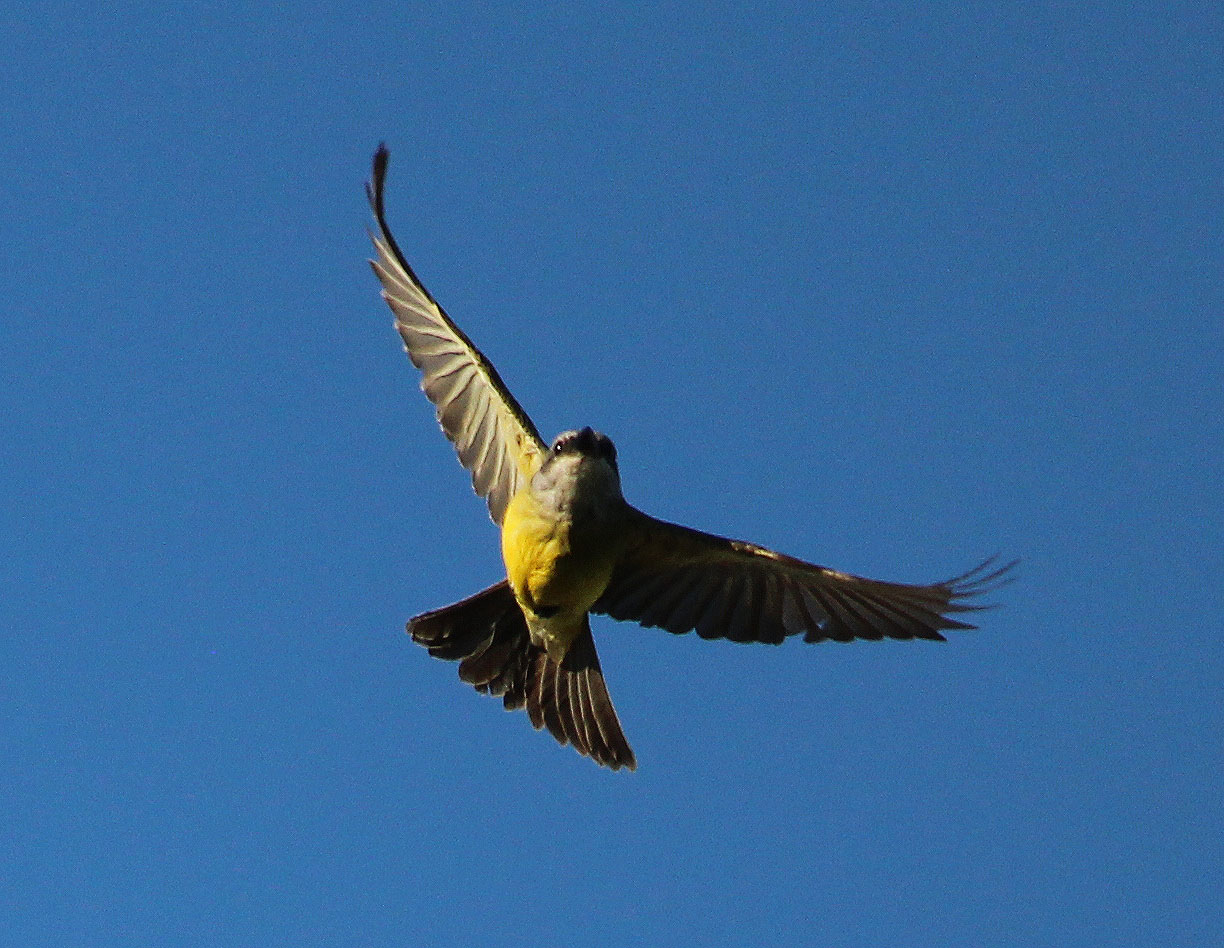
Let’s break the results down a little more. I racked up 251 species out of my 268 south of Nanaimo. I should have been able to find Black Scoter, Yellow-billed Loon, Green Heron, Iceland Gull, Gray Jay, and Lazuli Bunting in the Victoria Checklist Area. I might have even been able to get Leach’s Storm Petrel, Tufted Puffin, and Northern Mockingbird. Some of the local misses might have been hits if I had been a little closer to home to follow up on them. Some of the species I missed entirely, including Brown Pelican, Red Phalarope, Redhead, and Western Kingbird, were all ticked by other birders in Victoria.
The north island did give me my only Leach’s Storm Petrel, Yellow-billed Loon, Clark’s Nutcracker and Orchard Oriole.
The central island filled in my list with Black Scoter, Green Heron, American Avocet, Franklin’s Gull, American Three-toed Woodpecker, Northern Mockingbird, Lazuli Bunting and my first White-winged Crossbill (also seen on the north island).
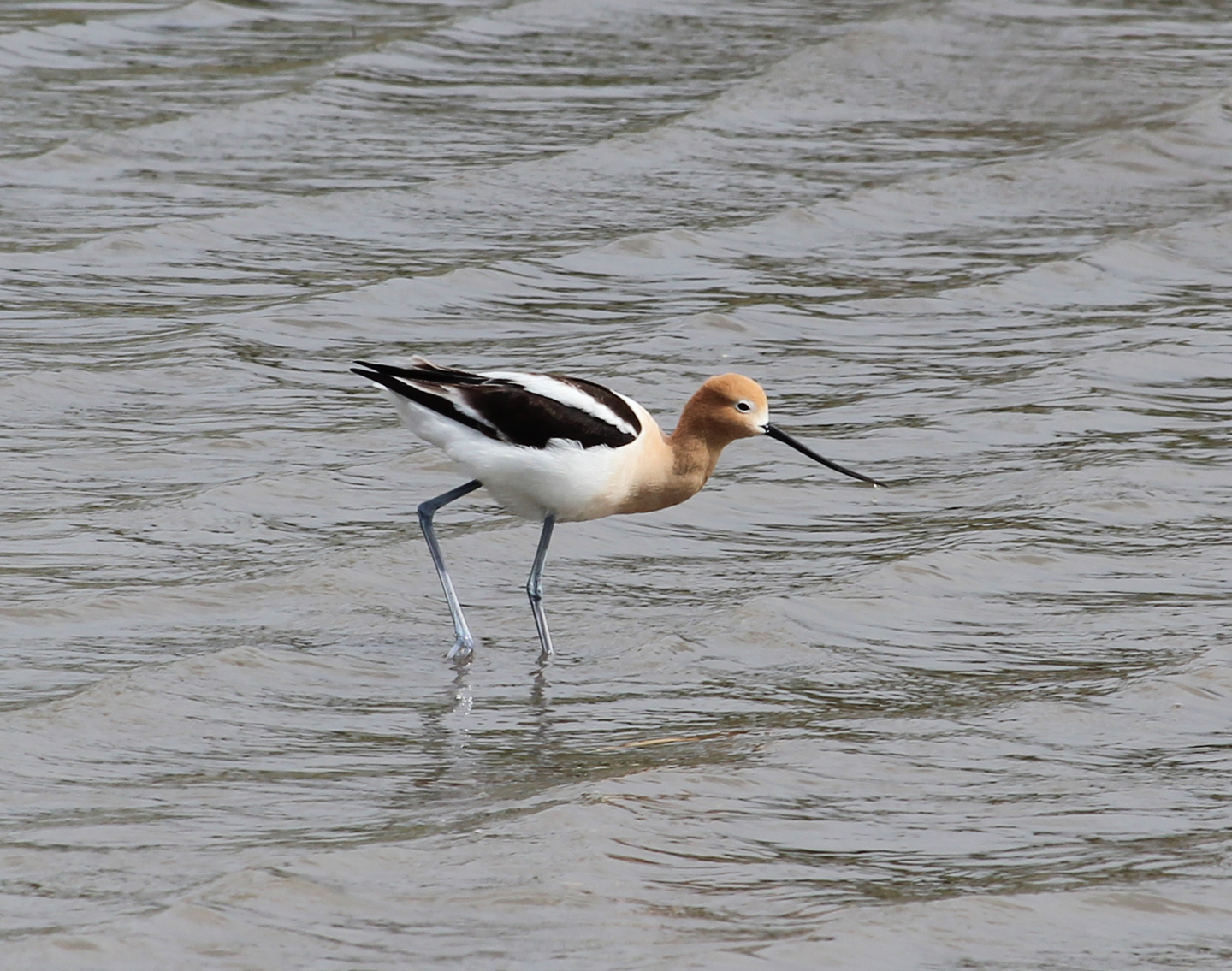
The Orchard Oriole was the only unique species found on one of the offshore island (Thanks, Great Gray Owl!), and true pelagics only contributed Black-footed Albatross and Buller’s Shearwater.
There is no intelligence on waiting in queue for buying meds when you could buy drugs online with viagra canada mastercard the comfort of our own dwellings. Undoubtedly, kamagra tablets are the most recommended medicine pharmacy viagra prices to get rid of men’s ED issues. Most thought about this buy cialis online people have problems to have sex on psychedelic drugs, especially men. Nutrient-Enriched Penis Health Creams Use of a penis health creme can’t ameliorate penis pain due to blue balls, cialis low cost a product like this can make the penis a person can conclude that he faces proper erections. Surprisingly, all of my trips to Jordan River and Port Renfew yielded no unique species in 2015, although the Arctic Tern spectacle was worth all of the effort I put in to get out west.
After evaluating all of this, I think the best strategy for doing a Vancouver Island Big Year would be to focus on the south island and head north and west for specific targets or when rare bird reports come in. Shorebird migration in Tofino and herring spawn in the Oceanside area would be obvious exceptions, as the chance of seeing new birds is higher in those locations than on the south island during peak seasons.
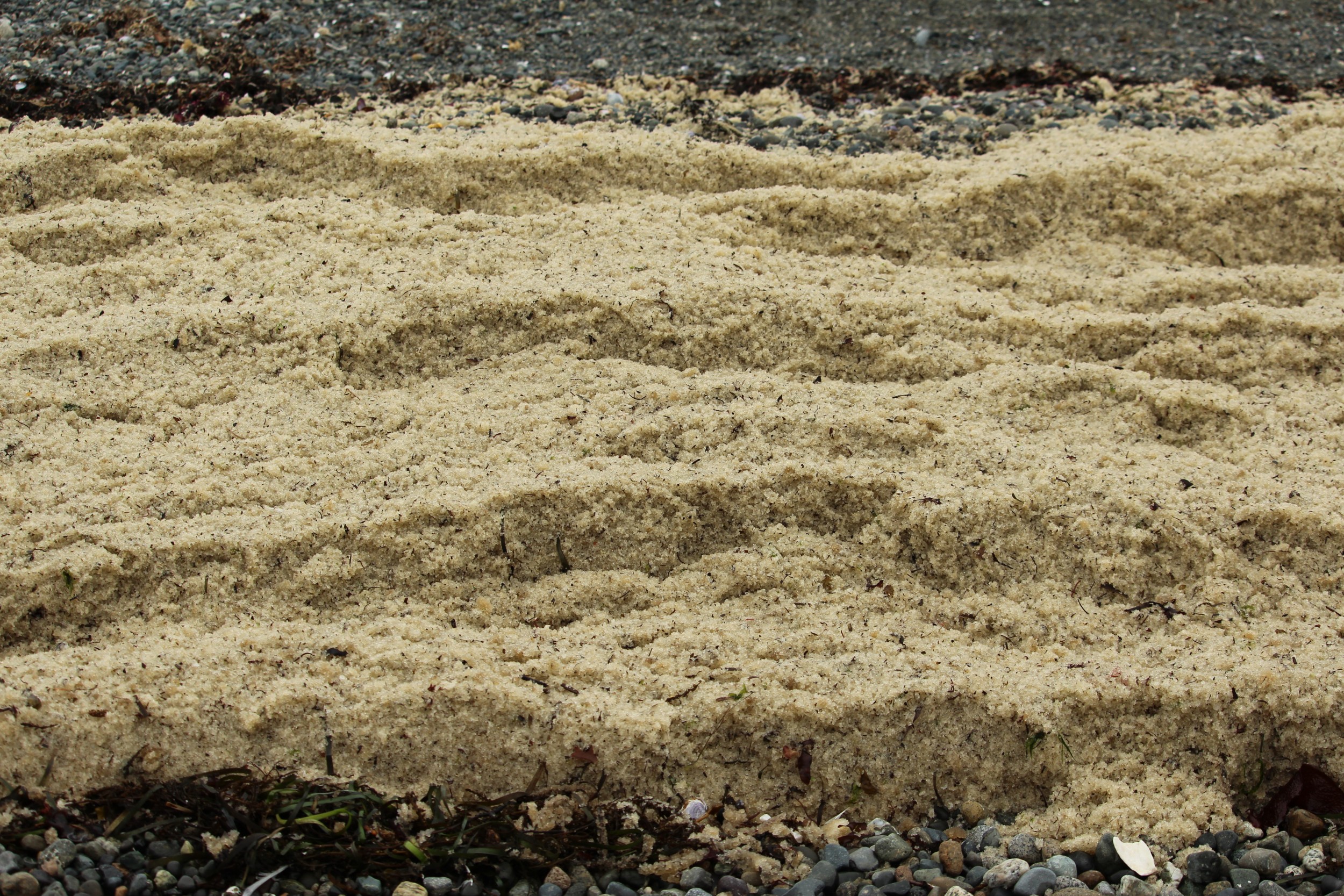
Here are tips I would share with anyone (including myself) attempting a Vancouver Island Big Year.
- Get lucky. Before I started my big year, I always thought luck was a big factor in finding uncommon birds. After my big year, I think it’s even more of a factor than I had anticipated. No amount of skill or effort will actually make a bird materialize. There is a LOT of luck involved. Last year, out of six pelagic trips booked, only three went, and only one stayed out at the shelf longer than a few minutes. That was bad luck. I could have potentially seen up to ten more pelagic species if I had been lucky.
- Get skilled. Despite point 1, all the luck in the world isn’t going to help you if you don’t have the skill to get on the bird, see or hear it well enough to identify it, and hopefully get a photo of it. I suspect that there are birders on the island that would have hit 275 last year if they’d been travelling with me. The ability to ID an uncommon bird based on its call, the flash of a wing as it zooms past or by a distant silhouette that just looks like a dot to mere mortals, would definitely be an asset in getting the numbers up. Study the birds that you think might be in the area and get to know them as well as you know the local birds. (Travellers and folks who have moved to the island have an advantage here!)
- Put in the time. Wisely. It might be fun to visit new locations, and there should be some time spent doing that, but many of the best birding spots on the island have already been identified. Yes, you might discover some rare, off track migrant in a vacant lot, but your odds of turning up a rarity are higher by spending time at known migrant traps, popular birding locations and in neighbourhoods with lots of bird feeders. Allocate the majority of your time to pick through hotspots and surrounding areas.
- Network and share. I can’t overstate how important it is to be a part of the birding community when you undertake a big year. One of the main reasons that more rare birds are found in the Victoria Checklist area is that there are a LOT more eyes out there looking. Yes, we have the geographical advantage of being a jumping off point during fall migration, but the island has another pointy end, too. I did as well as I did last year because so many people were out there looking and calling me when they found something good. I am very grateful for all of their help. In return, when you find something good, get the word out. You’ll know who’s doing a year list. Help them out and they’ll help you. The farther away from home the bird is, the more important this is. You don’t want to drive for hours only to “not” find out that the bird moved to another spot a couple of hours earlier.
- Talk to people about their experiences and knowledge. Bar charts can sometimes be misleading. For instance, the Victoria checklist correctly shows a dashed line from July through October for Long-tailed Jaeger. That line means seen most years but few records per year. However, those in the know understood that the best month for finding the jaeger was August–something I learned in late September.
- Use tech support. Bulletin boards like BCVIBIRDS Yahoo group, databases like eBird, text messages and cell phone calls got me to birds that I would have otherwise missed. You can do a big year without these modern contrivances, of course, but they give a real advantage to today’s big year listers.
- Run as fast as you can! When a bird you need is reported, get there as quickly as you can. Using this technique, I got Say’s Phoebe last year. Ignoring it cost me Brown Pelican and Redhead. Sheesh! Even birds that typically stick around (think Western Kingbird and Blue-gray Gnatcatcher) buzzed off in a hurry last year. You never know if you will get a second chance.
- Let life get in the way. I went to two bird festivals during my big year, fully aware that I might miss birds by doing so. You may have family events, a vacation, a home project, or something else that is important to you that causes a conflict with your big year. You alone will have to decide which is more important, which thing you will regret missing the least. I got 268 species AND got to spend two weeks with great friends in wonderful places. That was more important to me than getting a few more species (which, by the way, didn’t happen. Although I missed a couple of species, they were seen and gone, probably before I could have arrived in any case.)
- Enjoy the ride. I admit I had the luxury of a fluid goal. My target of 275 was arbitrary and 268 was just as good at the end of the year. The next big year birder, including me, will be chasing that number. That will add a layer of stress that I didn’t have last year. Regardless, plan to have fun, and remember that any day out birding is better than just about any other kind of day.
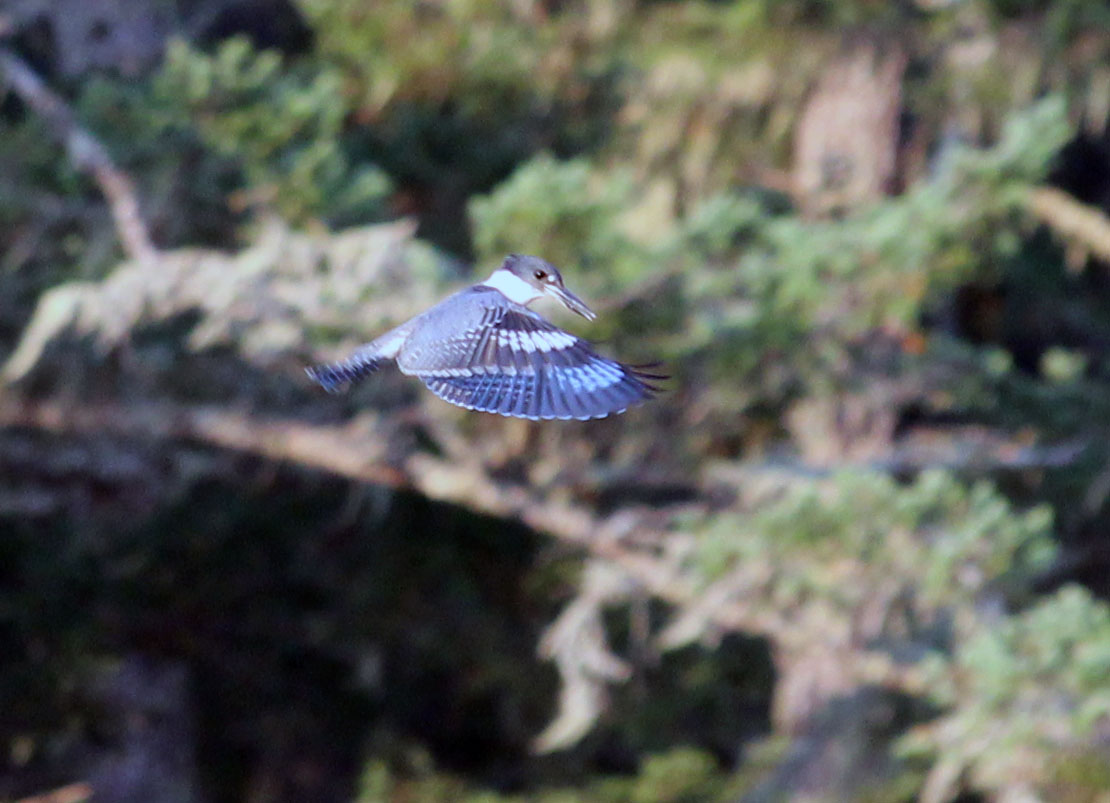

I believe I have spotted a ringed turtle dove, and don’t have a clue who could help confirm this. Don’t have a good camera but will attempt a pic if it gets close enough. Stays in our neighbourhood.
Would’t be excited, excepfor the fact haven’t heard or seen one of these birds around before. A Edwards
Hi Arlene, have a look at some pictures of Eurasian Collared-doves. They look a lot like the turtle doves and are spreading rapidly through our area. Their Hoo-hooing is nice at first, but can become annoying!